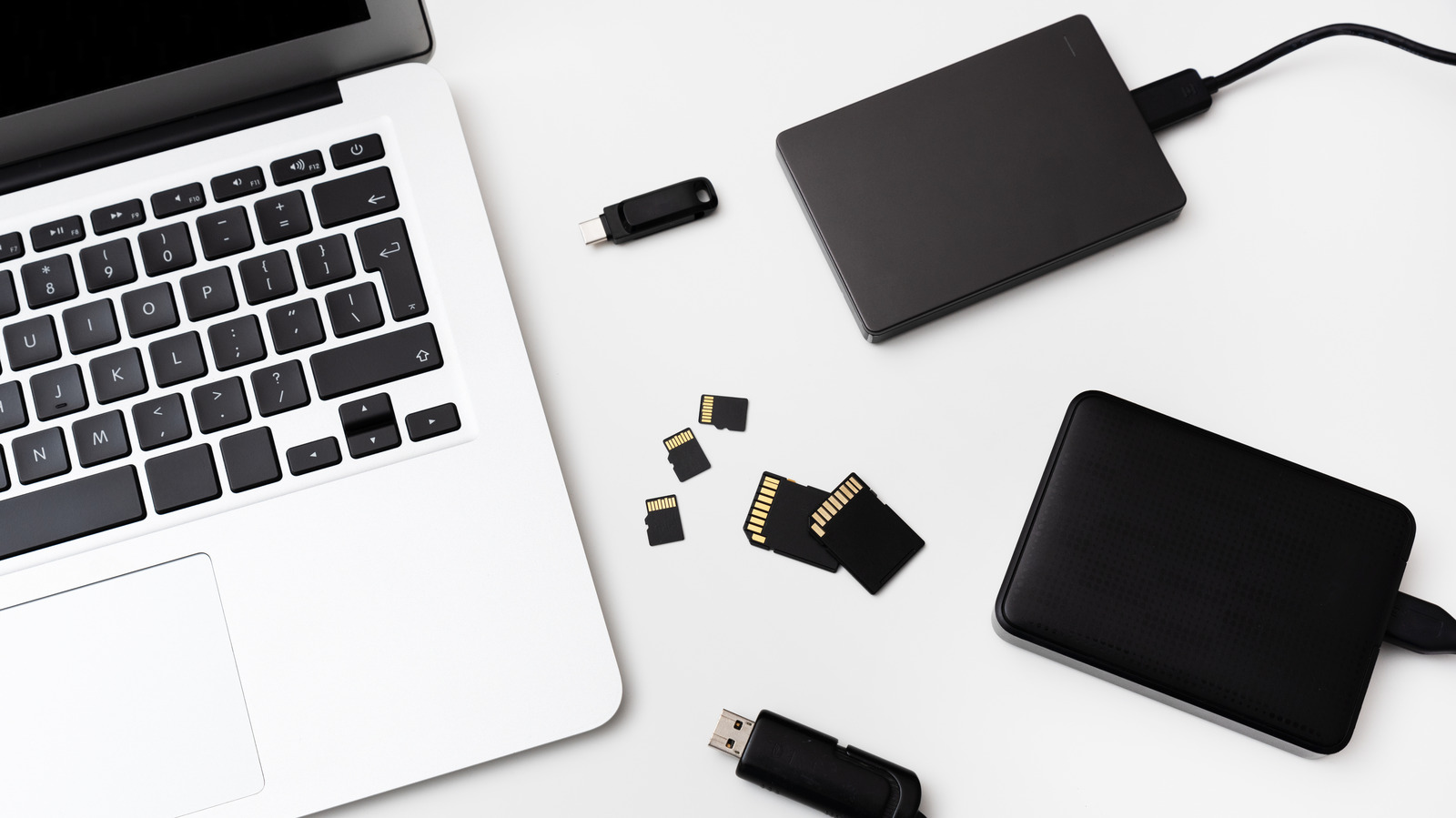
One of the most common strategies for backing up your PC is to copy your files to a USB drive, which can include towering Storage arrays such as Western Digital My Book Or a low-profile flash drive. If you follow the 3-2-1 rule, a USB drive is a perfectly good way to make a local backup. However, a detachable storage solution such as a USB drive fails to provide the protection that a different medium might provide, as USB drive files can still be infected with ransomware.
This is similar in principle to why a RAID is not considered a proper backup, as it is possible to destroy both local copies at the same time. Most RAID variants make a copy of your data right away, but both can fail if a certain set of drives fail simultaneously. Similarly, files on USB drives can get corrupted at once once your working copy gets corrupted and then backed up. Moreover, your backup files can be vulnerable while the drive is connected. However, backing up to a USB drive creates an additional copy that protects against most problems, such as drive failure or accidental erasure, and is a legitimate part of your backup plan.
One note about flash drives – don’t carry backups with you. If you’re actually moving an offsite backup to another location, move it and be done with it. Don’t expose your backup to all weather, car accidents, theft, and other hazards that flash drives present.
ليست هناك تعليقات:
إرسال تعليق